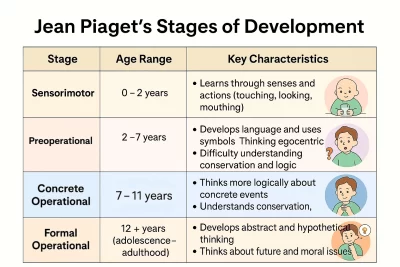
What key events marked Charles II's reign and the Glorious Revolution
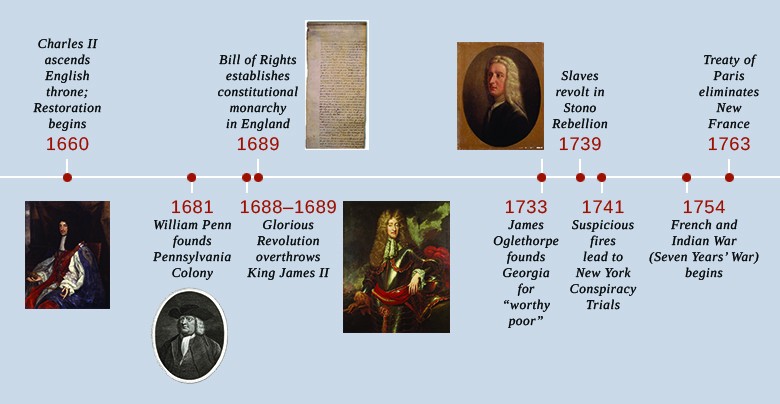
The reign of Charles II from 1660 to 1685 marks a pivotal period in British history characterized by the **Restoration** of the monarchy and significant political, cultural, and military transformations. Following the turmoil of the Civil War and the subsequent rule of Oliver Cromwell, Charles II's return as king symbolizes not only a restoration of royal authority but also a reconciliation between the monarchy and Parliament. This article will explore the key events that marked Charles II's reign and the consequent shift leading to the Glorious Revolution in 1688.
During the **Restoration**, the English monarchy had to navigate the complexities of governance amid a backdrop of political strife, shifting religious landscapes, and colonial expansions. Under Charles II, the re-establishment of bishops in Parliament represented a return to traditional governance while also emphasizing strict Anglican orthodoxy. Moreover, this period was marked by the rise of literature and the arts, as well as significant military engagements, notably the Anglo-Dutch Wars, which would shape not only England’s international standing but also its internal policies. Through this exploration, we will uncover the multifaceted nature of Charles II's reign and its lasting implications on the course of British history.
- The Restoration of the Monarchy
- Key Policies and Reforms during Charles II's Reign
- Significant Cultural Flourishments
- The Impact of the Anglo-Dutch Wars
- The Role of Parliament and Religion
- Transition to James II's Reign
- Prelude to the Glorious Revolution
- Key Events of the Glorious Revolution
- The Aftermath and Legacy of the Glorious Revolution
- Conclusion
The Restoration of the Monarchy
The **Restoration of the monarchy** in 1660 came after an extensive period of republican rule under Oliver Cromwell and his successors. Following Cromwell's death in 1658 and the short, turbulent leadership of his son, Richard Cromwell, the political crisis deepened. Discontent with the military-backed government and its failures led to a public and parliamentary push for the return of the monarchy. The desire for stability after years of conflict resulted in many factions calling for the return of Charles II, the son of the executed King Charles I.
When Charles II returned to England on May 29, 1660, it marked a jubilant reinstatement. His arrival in London was met with the adoration of the public, celebrating a new era of hope and renewal. The **Restoration** government quickly sought to legitimize the monarchy and consolidate power with the reinstatement of traditional structures, including a return of the Anglican Church and the monarchy's legal authority over Parliament.
Charles II's Ascension to the Throne
Charles II's ascension to the throne was not without challenges. He inherited a nation divided by ideological conflicts and religious discord, which had erupted during the Civil War. The king faced the challenge of unifying a country that had been fragmented under Cromwell’s rule. He had to strike a delicate balance between appeasing Parliament and maintaining monarchical authority. As a result, his reign began with a series of **political maneuvers** aimed at consolidating power while attempting to gain the trust of different factions, including the Royalists and the Parliamentarians.
In the early years of his reign, Charles II prioritized reconciliation. His declaration on the re-establishment of the monarchy included the promise of legislative reforms that would respect the existing rights of Parliament, a move that aimed to stabilize his government. However, tensions remained high, particularly surrounding issues of religion, with Protestant dissenters and Catholics pushing for recognition and rights under his rule.
Key Policies and Reforms during Charles II's Reign
- Financial Reforms: Charles II's government implemented policies aimed at recovering from the economic devastation of the Civil War. The monarch looked towards colonial trade and the establishment of new trade companies, most notably the Royal African Company, facilitating the expansion of the trans-Atlantic slave trade.
- Religious Tolerance: Although Anglicanism reigned supreme, Charles II attempted to navigate the choppy waters of religious tolerance by issuing the Declaration of Indulgence, which sought to grant freedom of worship to Protestant dissenters and Catholics. This policy met with backlash from Parliament, emphasizing the tension between the crown and legislative bodies.
- Military Engagements: The Anglo-Dutch Wars were a significant feature of Charles II's reign, arising from competition over trade and naval supremacy. These conflicts not only highlighted the military aspirations of the restored monarchy but also impacted its financial stability and relationships with European powers.
Significant Cultural Flourishments
Charles II's reign is often heralded as a time of **cultural flourishing**, often referred to as the *Golden Age* of English culture. The monarchy's support for the arts, literature, and scientific inquiry produced remarkable advancements in these areas. The establishment of the Royal Society in 1660 symbolizes the king's encouragement of scientific exploration and innovation. This emphasis on learning and culture propelled figures like Isaac Newton and Christopher Wren into prominence.
A grand revival in theater also took place during this era. Playwrights such as John Dryden and Aphra Behn thrived in the newly restored theatrical environment, leading to the development of the English stage. The king's patronage of the arts signaled a return to public entertainment and the enjoyment of plays, ballet, and visual arts, including the works of artists like Sir Peter Lely.
The Impact of the Anglo-Dutch Wars
The **Anglo-Dutch Wars** were three separate conflicts that occurred during Charles II's reign, with significant implications for England's international posture and economic strategies. The first war, occurring from 1652 to 1654, set the stage for future disputes, largely fueled by trade competition. The second war erupted from 1665 to 1667 and proved to be particularly disastrous for England, culminating in the Dutch raid on the Medway, which exhibited the inadequacies of the British navy.
The third Anglo-Dutch War (1672-1674) arose from the complex web of alliances and enmities in Europe. However, it also represented England's desire for maritime dominance, which was critical to colonial expansion. Despite initial setbacks, this war reinforced England's status as a formidable maritime power, encouraging further engagement in trade and territorial acquisitions throughout the world.
The Role of Parliament and Religion
Throughout Charles II's reign, the **role of Parliament** evolved as the king navigated the increasingly factional landscape between Royalists and Parliamentarians. While the king attempted to exercise royal prerogative, he was often met with challenges from Parliament, particularly regarding financial oversight and religious policies. The tension came to a head during the Test Act of 1673, which aimed to limit the influence of Catholicism within the military and government, highlighting the enduring challenges surrounding the religious affiliations of the monarchy.
The division between Anglicans, Catholics, and dissenting Protestants created an underlying instability that would later become crucial in the emergence of the **Glorious Revolution**. Charles II's desire for greater religious tolerance faced parliamentary opposition, reflective of the broader fight for control between the monarchy and legislative bodies.
Transition to James II's Reign
The transition to James II's reign in 1685 marked a significant shift in policies and priorities within the monarchy. James, who succeeded Charles II, was overtly Catholic and pursued policies that challenged the existing Anglican establishment, igniting fears among Protestants of a potential Catholic resurgence. His reign became synonymous with increasing tensions that reached a boiling point, laying the groundwork for the impending **Glorious Revolution**.
In efforts to consolidate power, James II issued more declarations of indulgence and attempted to bypass parliamentary authority, which alarmed many who feared a return to outright authoritarianism akin to that seen under his father, Charles I. This atmosphere of unease eventually baited opposition, compelling various factions to unite against what they perceived as growing absolutism.
Prelude to the Glorious Revolution
The **Prelude to the Glorious Revolution** was rooted in a culmination of political, religious, and social tensions that developed throughout Charles II’s and James II's reigns. With a backdrop of religious discord and a conservative Parliament resistant to the king's ambitions, the political atmosphere became heavily charged. James II attempted to assert his authority through his disregard for established rights, further alienating Parliament and the public.
The culmination of dissent became evident in the invitation extended to William of Orange, who was seen by many as a Protestant champion capable of restoring balance in governance. His subsequent landing in England signalled a decisive break and produced a national dialogue about constitutional monarchy versus absolutism, drawing the public's eye to the need for significant political reform.
Key Events of the Glorious Revolution
The **Glorious Revolution**, which occurred in 1688, notably involved a series of pivotal events that ultimately culminated in the dethronement of James II. One of the key events was the arrival of William of Orange in November 1688, initially intended as a show of force rather than an outright invasion. His troops quickly garnered support from various factions who sought a more liberal and Protestant government.
The political miscalculations made by James II, including his attempts to place Catholic sympathizers in positions of power, further fueled public dissatisfaction. The swift defection of the military and nobility to William’s side highlighted James’s isolation and lack of support, culminating in his eventual flight to France.
The Aftermath and Legacy of the Glorious Revolution
The aftermath of the **Glorious Revolution** heralded a new political landscape in England. The ascension of William and Mary as co-monarchs introduced constitutional principles that curtailed the powers of the monarchy and solidified Parliament’s authority. The *Bill of Rights* in 1689 enshrined various rights for subjects and laid the foundation for a constitutional monarchy.
The legacy of the Glorious Revolution reverberated through British history, establishing precedents for governance and religious tolerance. It marked the end of monarchical absolutism in England and asserted the rights of Parliament, fundamentally altering the relationship between the monarchy and its subjects. This transformation set the stage for future democratic developments and the evolution of civil liberties within the British Isles.
Conclusion
The reign of **Charles II** and the events leading to the **Glorious Revolution** encapsulate a significant chapter in England’s history, reflecting the intricate interplay of authority, religion, and governance. The **Restoration** marked a profound shift in public sentiment towards the monarchy, signifying hope after years of conflict, yet it also sowed the seeds for ongoing conflict over the future of the crown and parliament.
As we have explored, the **key events that marked Charles II’s reign** and the shift to the Glorious Revolution were laden with implications that ultimately transformed England’s political landscape. The ripple effects of these events continue to resonate today, as they shaped the principles of governance and set common frameworks for liberty and representation in modern times.
Did you find this article helpful? What key events marked Charles II's reign and the Glorious Revolution See more here Education.
Leave a Reply


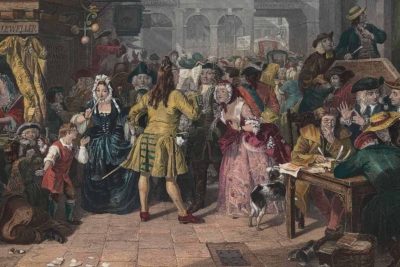
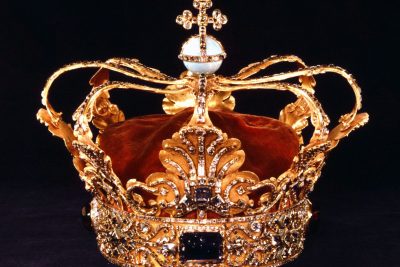
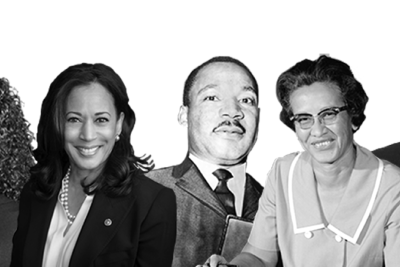

Related posts